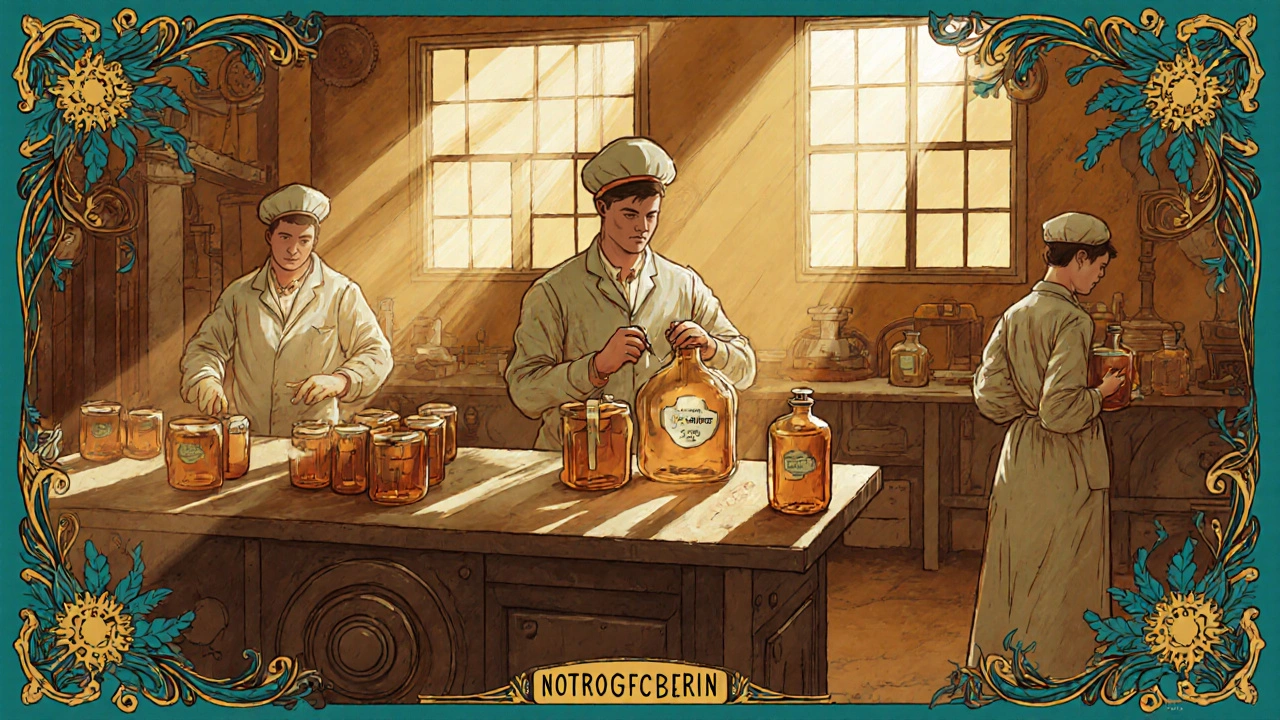Acute Toxicity: What It Is, How It Happens, and What to Do
When your body gets hit with a dangerous dose of a chemical or drug all at once, that’s acute toxicity, a sudden and severe harmful reaction caused by short-term exposure to a toxic substance. Also known as poisoning, it doesn’t build up over time—it hits hard and fast, often requiring emergency care. This isn’t just about drugs. It’s about cleaning products swallowed by kids, accidental overdoses of painkillers, inhaling fumes from industrial solvents, or even eating wild mushrooms mistaken for safe ones. The difference between life and death can come down to minutes.
Drug overdose, a common form of acute toxicity involving excessive intake of prescription or illicit substances, is one of the leading causes of emergency room visits. Think of acetaminophen—take too much, and your liver starts shutting down within hours. Or opioids: a single high dose can stop breathing entirely. Toxic substances, chemicals that cause immediate harm when ingested, inhaled, or absorbed through the skin don’t need to be labeled as dangerous to kill you. Even common medications like beta blockers or heart drugs can become lethal if taken in the wrong amount. And it’s not just pills. Pesticides, antifreeze, and certain plants like oleander can trigger acute toxicity with just a small bite or sip.
What makes acute toxicity so scary is how quickly symptoms show up. Nausea, vomiting, confusion, seizures, trouble breathing, or a sudden drop in blood pressure—all of these can mean your body is fighting off a toxic flood. The good news? Many cases are treatable if caught early. Antidotes, specific medications that reverse or block the effects of certain poisons exist for things like opioid overdoses (naloxone), acetaminophen (N-acetylcysteine), and some snake bites. But you can’t wait. Time matters more than anything.
Most of the posts here aren’t about theory—they’re about real situations. You’ll find guides on how to spot the signs of overdose, what to do before EMS arrives, why some people react worse than others, and which medications carry the highest risk. There’s also advice on avoiding accidental exposure at home, especially with kids or elderly relatives. You’ll learn what’s actually in your medicine cabinet that could turn dangerous, and how to store it safely. This isn’t just medical trivia—it’s survival knowledge.
If you’ve ever worried about someone taking too much of a pill, or seen a child with a bottle in hand, or wondered if that weird smell in the garage could poison you—this collection is for you. The information here isn’t meant to scare you. It’s meant to prepare you. Because when it comes to acute toxicity, knowing what to look for and what to do next can save a life.

Nitroglycerin Health Effects on Workers: In‑Depth Occupational Analysis
Caspian Mortensen Oct, 21 2025 12A detailed look at how nitroglycerin affects workers, covering acute and chronic health risks, safety regulations, monitoring, and best‑practice protection measures.
More Detail